In a career spent documenting global adventures through both lens and pen, Aus Geo Adventure senior contributor Mark ‘Watto’ Watson has explored numerous corners of the world, yet few places have captured his imagination like the Cook Islands, a haven of natural beauty, adventure, and with a vibrant cultural heritage. With direct flights now available from Sydney to Rarotonga with Jetstar, Watto set out to uncover whether this Polynesian paradise is more than just poolside vibes and a honeymooner’s dream. He quickly learned that bush beer carries a punch, birds can see in the dark, and a ‘tijuana sandwich’ might just be the best post-hike meal ever.
Rediscovering Atiu’s ancient brew and island traditions
If you ever find yourself on a remote Pacific island, I might suggest that getting to know the locals is essential, and on Atiu, in the Cook Islands, one of the best ways to do so is at a tumunu. A tumunu is a traditional drinking circle where locals gather to share stories and solve problems, and it delves into Atiu’s past when islanders fermented fruit in hollowed-out coconut tree trunks to avoid prohibition by overbearing missionaries in the early 19th century. And so, on my arrival in Atiu with my travel partner Loz, I readily accepted an invite to a tumunu.

However, as I hold a half coconut filled with a sweet, slightly sour brew of naturally fermented forest fruits, from what resembles an old paint bucket, I wonder if this is such a good idea after all. It appears I am being auctioned off as marriage material to some islander ladies, and the island police chief, sitting next to me, suggests Loz will make a great wife to a tribal elder, and bear him many children. As flattering as the offers are, they are not ideal, as Loz happens to be my betrothed.
I self-affirm that this is all part of my research just as a communal cup of bush beer is passed my way. I gulp down the contents with only a slight grimace. The liquor is growing on me. Fortunately, as the night progresses, Loz and I quietly retreat to our comfortable, eco-friendly lodgings at Atiu Villas before we are married off. In doing so, we avoid the inevitable tumunu hangover and can better enjoy exploring the ‘land of the birds’ over the following days.
The ancient ‘land of the birds’
Atiu, known as Enuamanu, or ‘land of the birds’, beckons travellers off the beaten path in the remote Nga-Pu-Toru atolls of the South Pacific and is the first stop on our Cook Islands exploration. Landing on the compacted coral runway is like stepping into a picture-perfect Pacific paradise, where less than a stone’s throw away, coconut palms sway over white sandy beaches and breakers crash over brilliant coral reefs. It might not have the flashy, glamorous lagoons like neighbouring atolls, but with an eight-million-year-old limestone landscape, the island provides a unique playground for adventurers seeking an authentic Cook Islands experience. With only one paved road and five tiny villages melding into a central hub, the island’s blend of pre-colonial tribal heritage and post-colonial Christianity is clear.
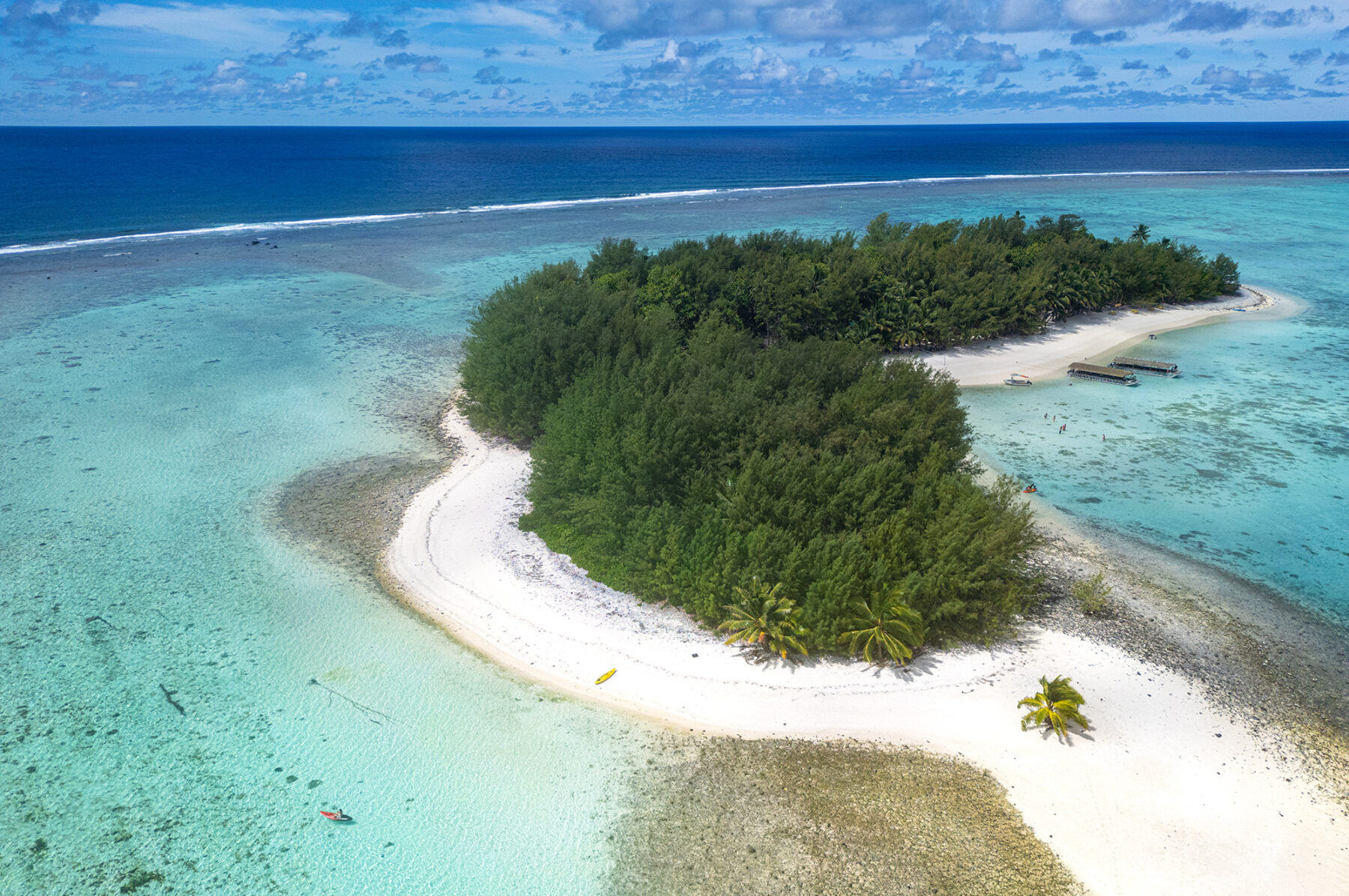
Originally settled by Polynesians around 900–1000 CE, Atiu thrived on agriculture, fishing, and inter-island trade, with a well-organised society based on clan leadership (mataiapo) and governed by chiefs (ariki). Islanders had a strong mythological connection to the land through ‘akua’ spirits that embodied the spiritual essence of their environment. Then, Captain James Cook arrived in 1777, bringing European influence, and later, in 1823, Christianity swooped in and shook things up big-time. Missionaries from the London Missionary Society started swapping out ancient akua idols for Bible teachings, while ship rats, pigs, and noxious weeds, followed by Indian mynas, wreaked havoc on the local flora and fauna.
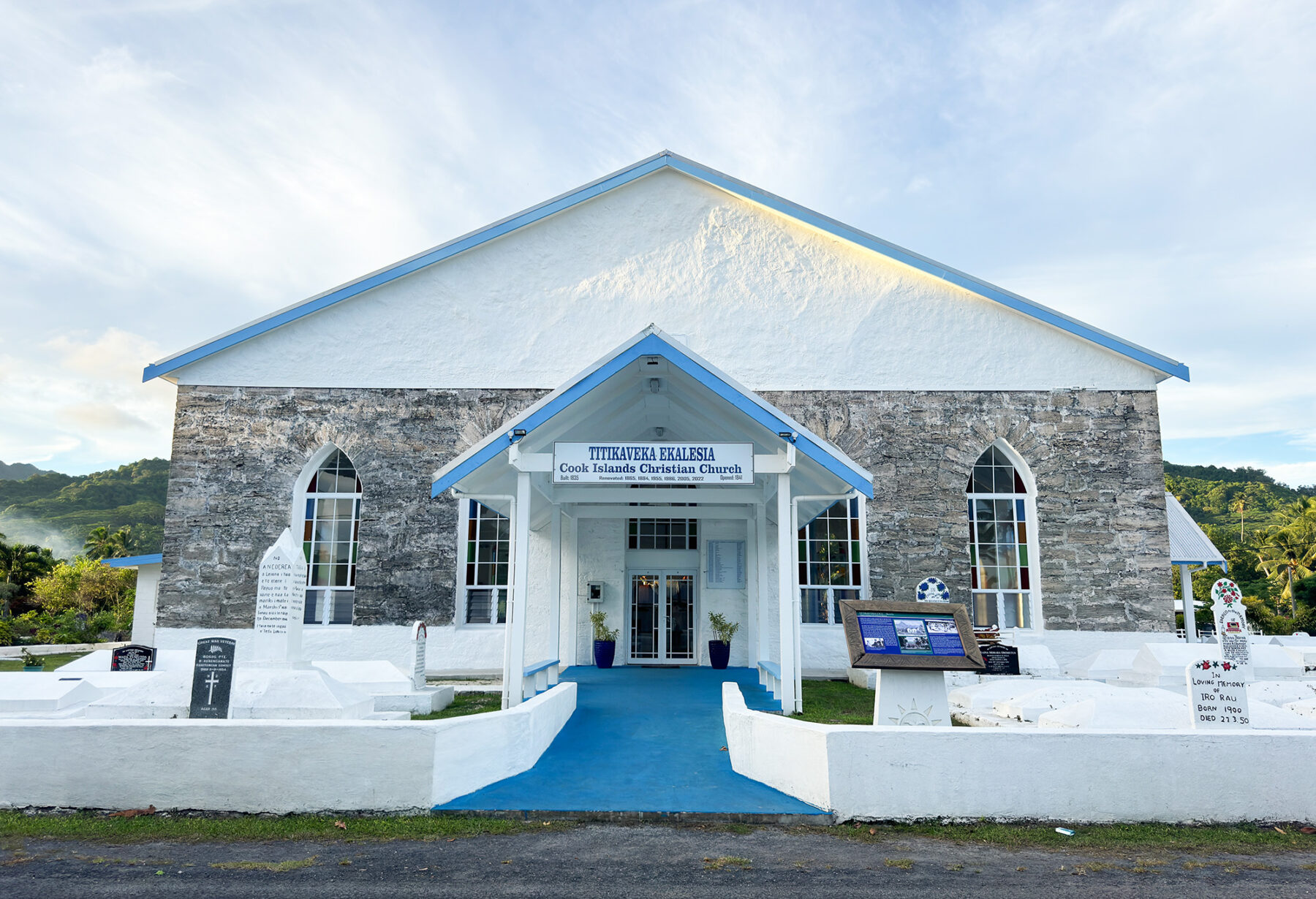
Fast-forward to today, and the environment is bouncing back, thanks to conservation efforts by the locals. The remaining islander population of 400 residents has found a balance between ancient Polynesian culture mixed with a dash of Christianity. With the departure of missionaries, bush-beer is no longer ‘the devil’s drink,’ and so a tumunu offers a chance to meet the who’s who of islanders, all keen to show off their patch of paradise.
Birdman George
Less than twelve hours after Loz and my tumunu immersion, everyone on the island seems to know of our presence, and so we embark on an eco-adventure with Birdman George. Despite lacking the breadth of aquatic life of neighbouring islands’ extensive lagoons, Atiu boasts rejuvenated avian fauna thanks to conservation efforts led by environmental advocate George Mateariki, affectionately known as Birdman George. Over two decades, he, along with fellow islanders, has eradicated invasive species, reintroduced native bird populations, and now offers informative eco-tours on Atiu. George explains how the Cook Islands’ once-thriving bird populations suffered due to invasive species introduced by European mariners. Kakerori, Atiu swamphen, Cook Islands fruit dove, Rimatara lorikeet, and cave-dwelling kopeka (Atiu swiftlet) colonies were decimated. Some species were driven to near extinction. Thankfully, passionate advocates like George have preserved Atiu’s ecological treasures.
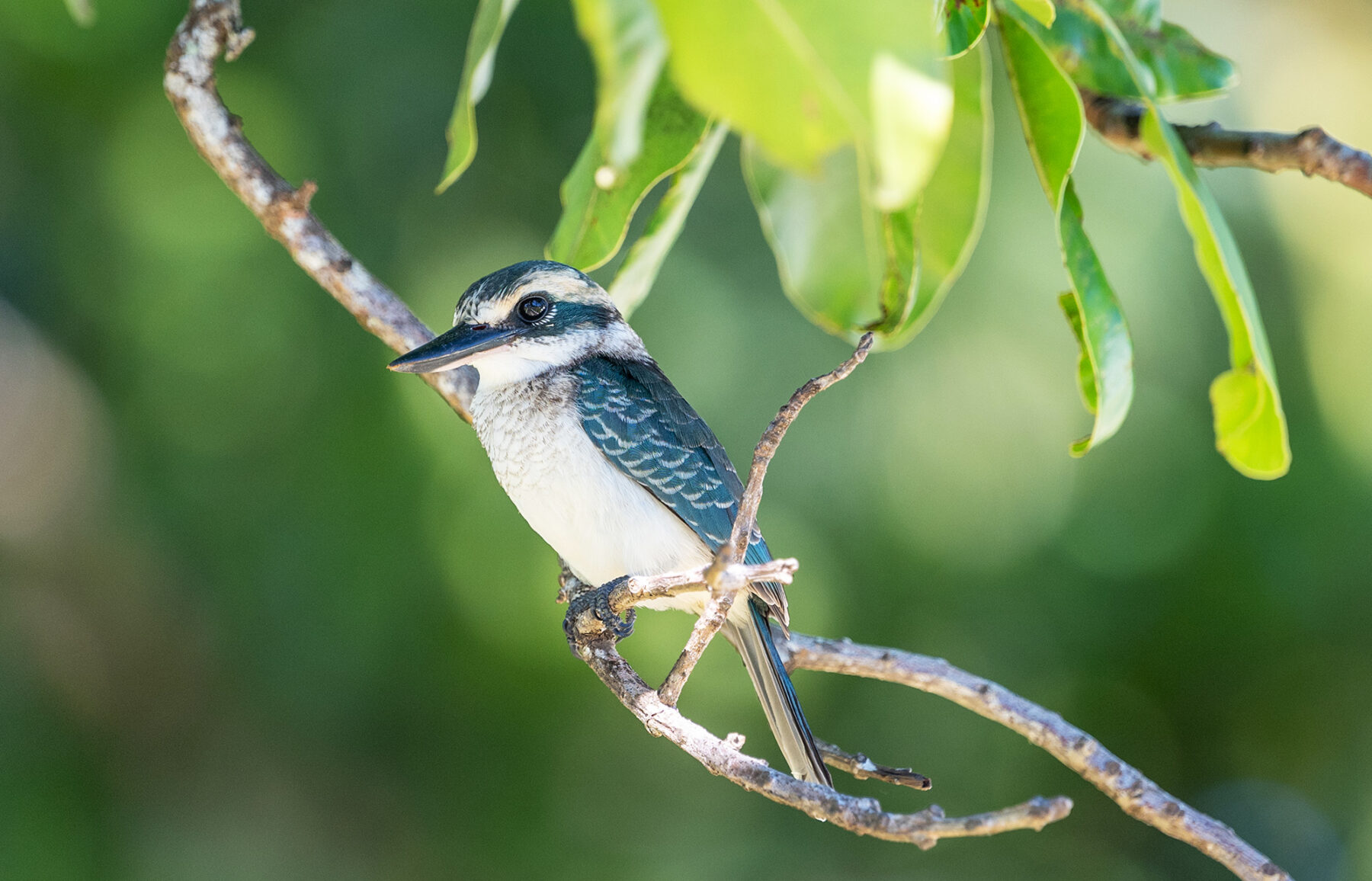
As we tour his island home, we spy the elusive Cook Islands fruit dove as well as the once-believed extinct Rimatara lorikeet. Later, under the watchful gaze of a chattering kingfisher, Uncle George (a term of respect on Atiu) shares local traditions as he weaves a basket of palm fronds and lays out a feast of banana and papaya drizzled with fresh lime and freshly shaved coconut. We spot tern, tropicbird, and noddy as we eat, highlighting the now flourishing seabird colonies. As we marvel at the island’s resilience and the impact of conservation efforts on its natural heritage, we are lulled into “island-time”. That is, until Birdman George jumps up. “We have to get you to Tai,” he explains. “Or you’ll miss out on the kopeka.”
A journey into Anatakitaki Cave
A quick handover sees Birdman George pass Loz and I to local guide Tai for a jungle adventure to Anatakitaki Cave. The cave’s ancient stalactites and stalagmites are home to the rare kopeka, and Tai promises a bonus surprise that will make the sweaty jungle trek worthwhile. We traverse rutted jungle singletrack on a borrowed motor-scooter before navigating a 45-minute trek over razor-sharp fossilised coral, eventually arriving at the cave’s nondescript entrance.
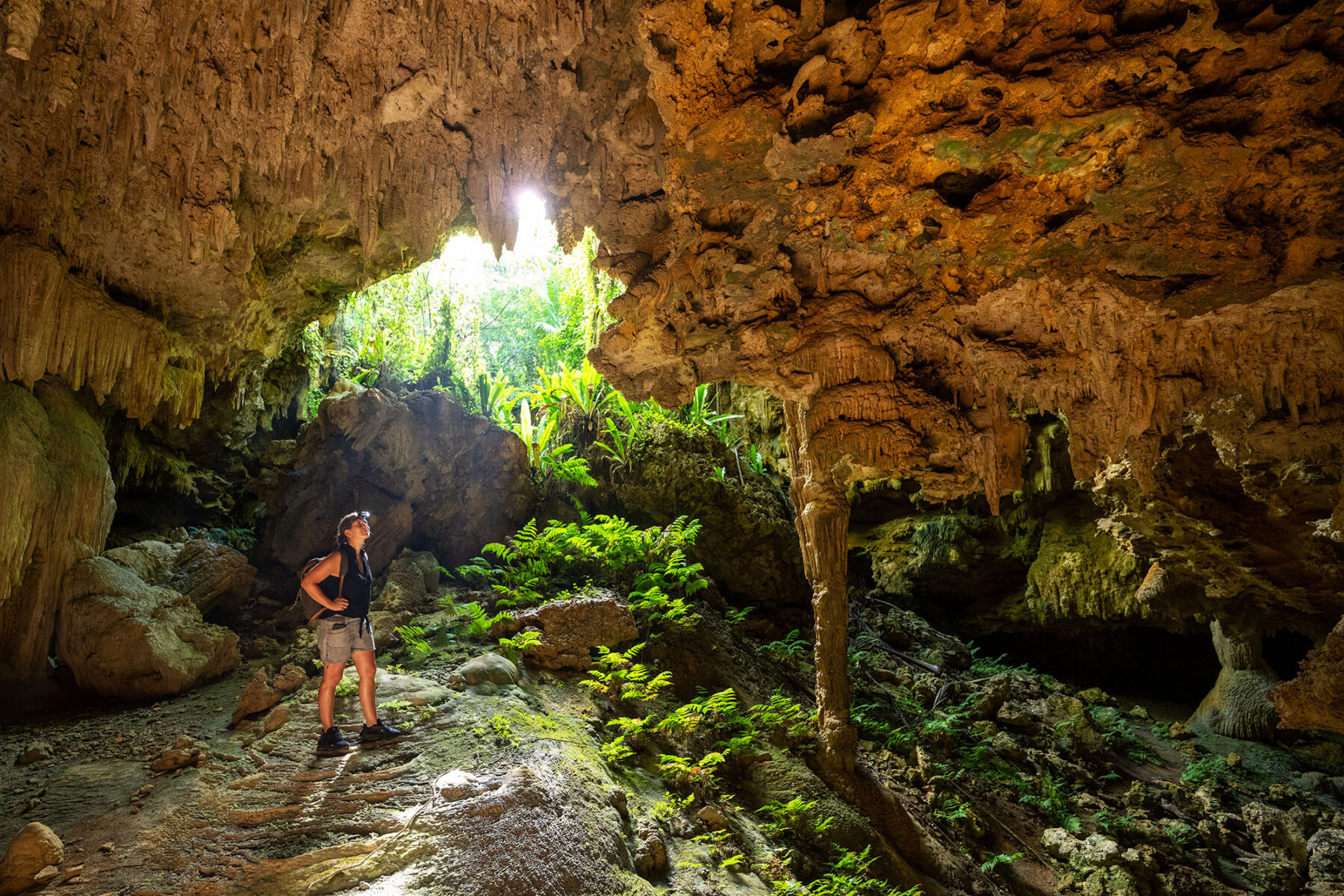
Head torches affixed, we descend into a sinkhole and are quickly enveloped by immense limestone caverns, where rare cave-dwelling kopeka dart above our heads. Tai regales childhood stories of hunting coconut crab in the caves to the clicking sounds of the kopeka. He explains how this unique swiftlet uses echolocation to navigate in the pitch black and briefly shines a light to reveal them roosting on the cave roof.
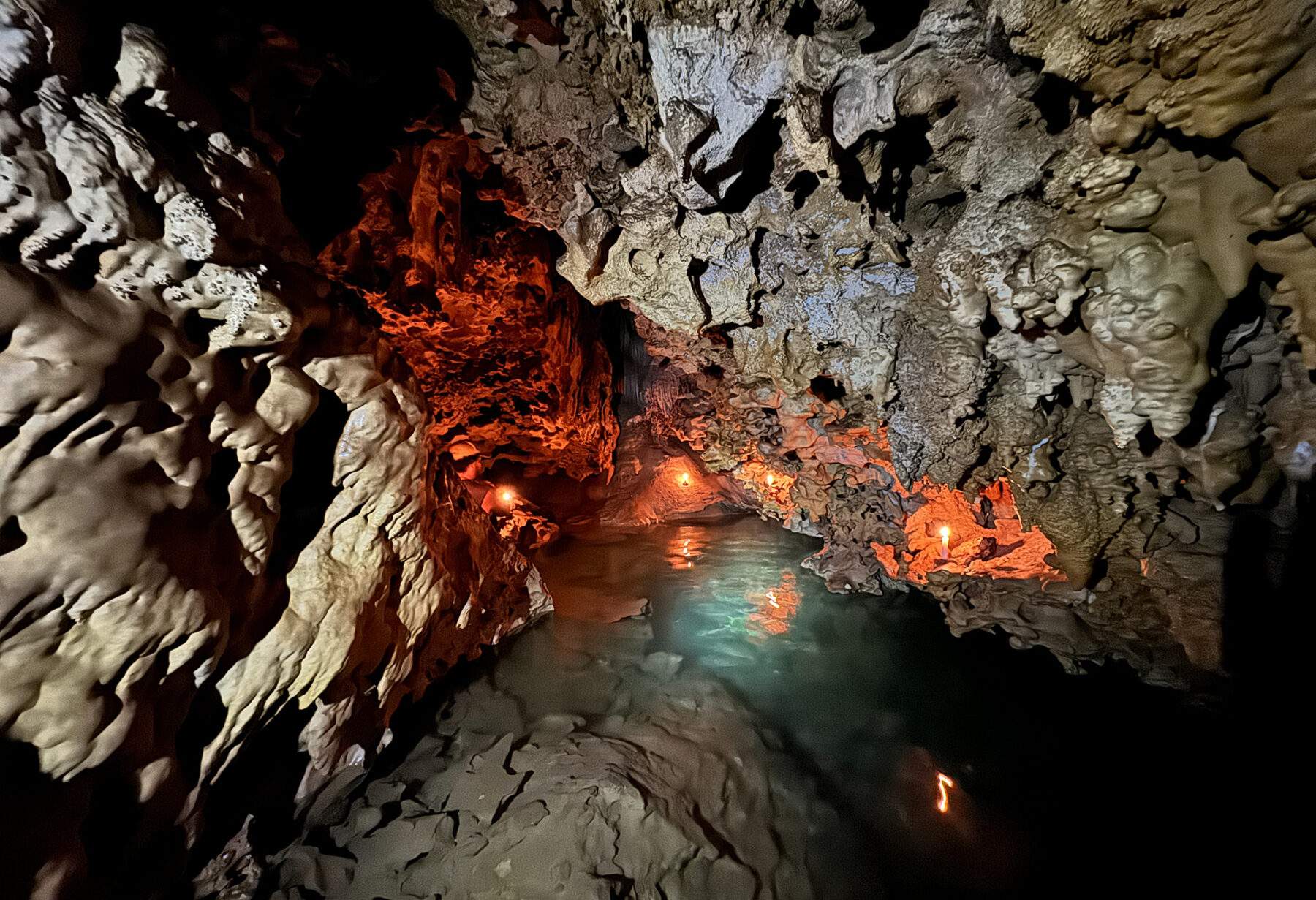
Exploring further, Tai squeezes through a narrow gap. Loz and I follow. Descending an old rope, Tai grins back as we reach his ‘surprise’, a crystal-clear subterranean freshwater pool. Lighting candles throughout the cavern, the hidden grotto takes on the appearance of a secret oasis untouched by time. Sweaty from hours in the jungle, we plunge into the cool water to glide through the dark depths. Surrounded by ancient silence, a profound sense of tranquility washes over us, offering a fleeting moment of serenity and escape from the outside world. It is one of many moments that make Atiu a special place. Sadly, we must leave the next day.
Coffee, beaches, and unexpected catch-ups
As our final day dawns on Atiu, we embrace the opportunity for spontaneous exploration. With a desire to experience the island beyond guided tours, I venture to meet Auntie Mata Arie, the dedicated proprietor of Atiu Island Coffee. Amidst the challenges of processing wild-growing Arabica coffee plants, introduced by early missionaries, Auntie Mata and her team craft a truly unique coffee from this remote corner of the Pacific. We grab some beans to return home with and scoot off for a quick swim and snorkel at Matai Beach. En route, we run into Tai and then stop for a chat with Birdman George. Choosing the scenic route via the Harbour and Cooks Landing, we cross paths with an ‘Uncle’ we’d shared stories with at the tumunu.
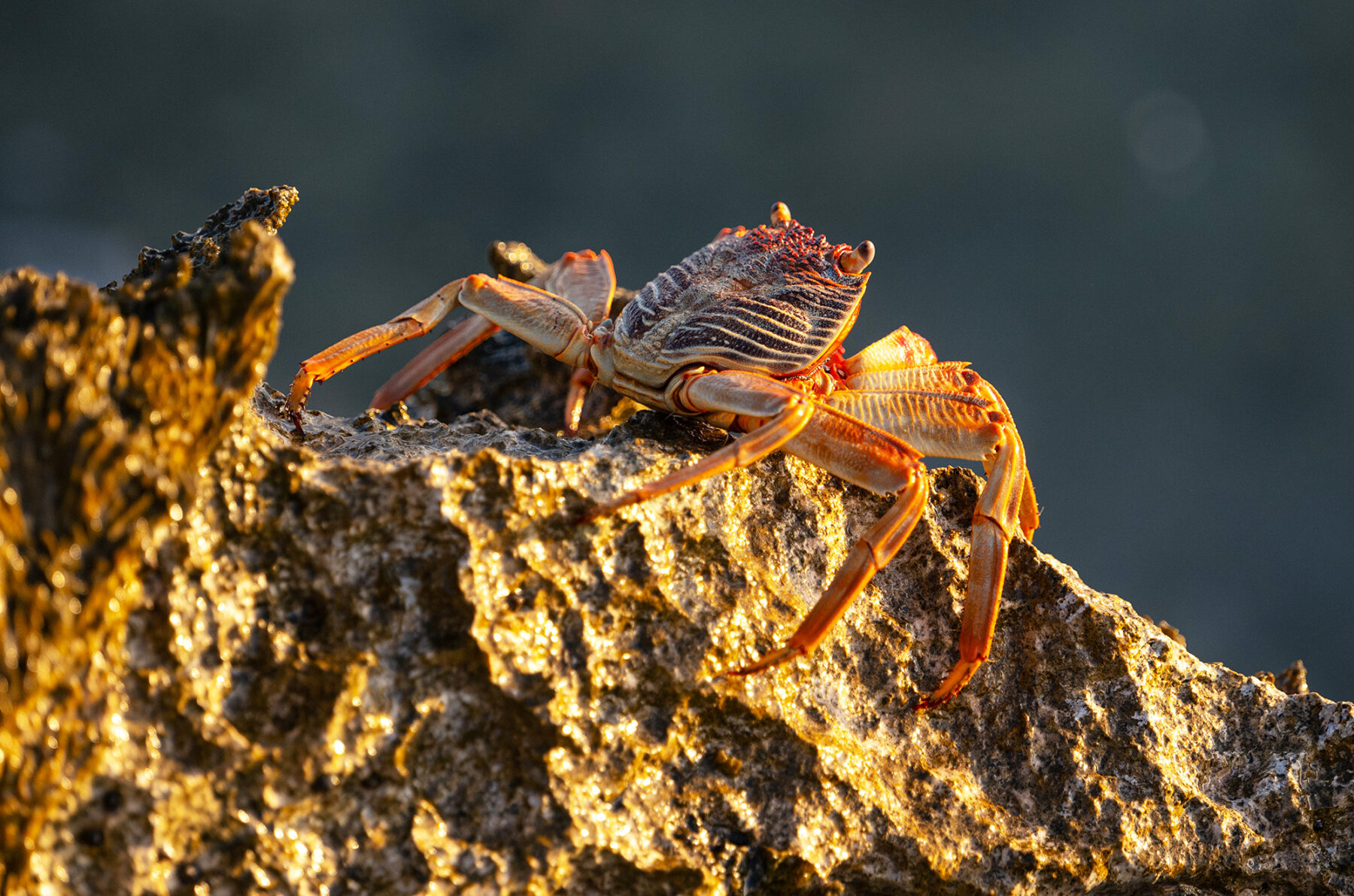
In just a few days, the island has begun to feel like home. Mindful of our next adventure, however, we hastily make our way past deserted beaches to the only strip of flat ground on the island, where a tiny twin-prop 18-seat Air Rarotonga plane sits waiting to depart for Rarotonga. We wave our new friends goodbye with a promise to return, but there’s no time for hugs – we have a date with green sea turtles in Rarotonga that cannot wait.
Sea scooters and surprise encounters
Arriving in Rarotonga from Atiu feels akin to emerging from the subway into ‘The Big Smoke’, except this ‘metropolis’ is a tropical island where hire-cars come with a note: “Please do not park under coconut trees”. Finding a palm-free spot, Loz and I meet Ariki Adventures for a Turtle Sea Scooter Safari.
Sea scootering is like cheating at snorkelling, but these lightweight propulsion devices allow users to navigate deepwater channels like Avaavaroa Passage, usually off-limits for recreational snorkelling. These passages are havens for vibrant tropical fish, graceful eagle rays, and the relaxed green sea turtle. With our scooters set to ‘Cruise’, Loz and I glide among these majestic creatures. Known for their inquisitive nature and calm demeanour, there is no need to dive deep in search of individuals, and patience is rewarded with turtles gliding up from the depths to snag some air and check out us humans. The experience can be crowded with plenty of bobbing tourists, but the gentle curiosity of the green sea turtles makes for a truly special close-up experience.
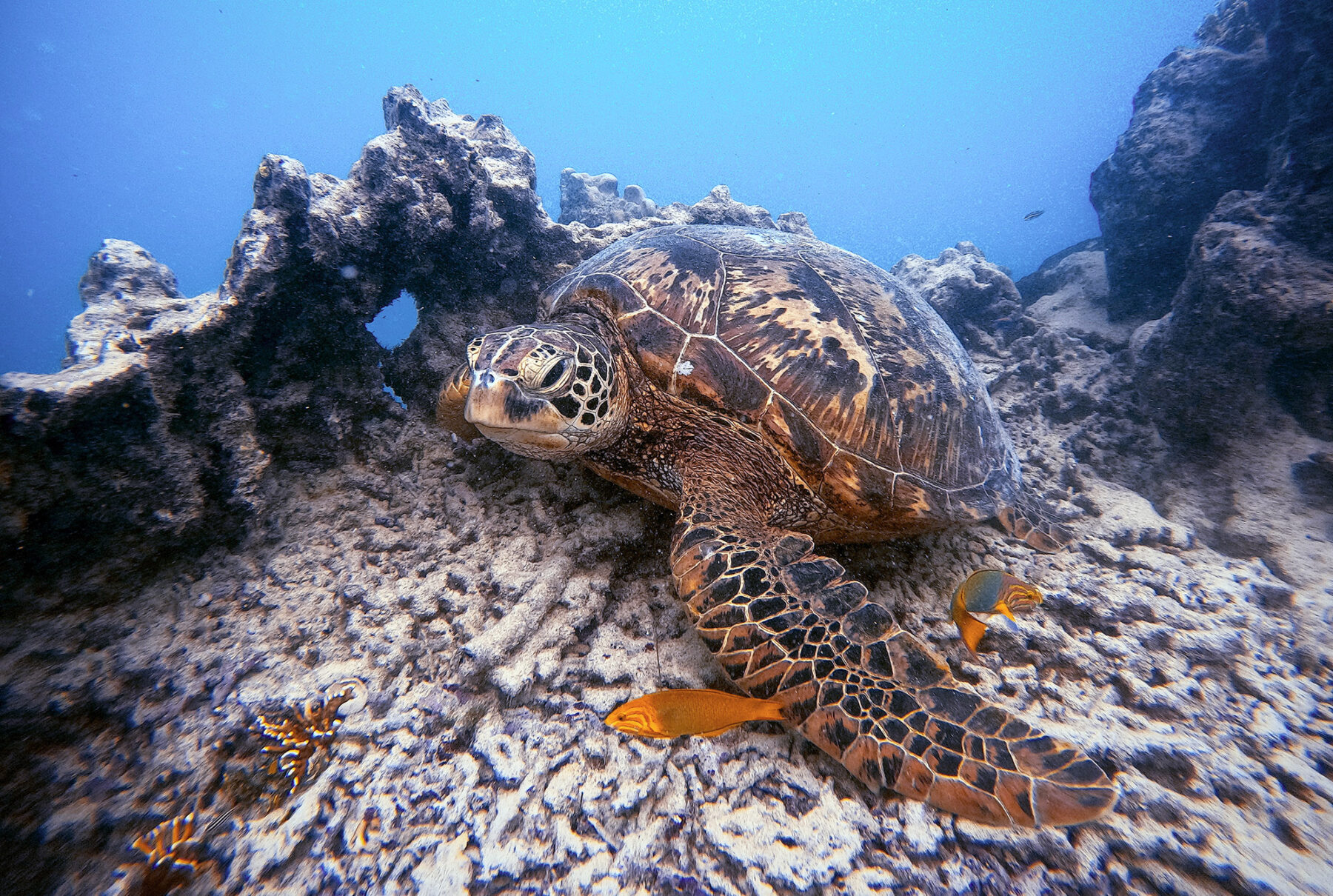
As with all animal encounters, surprises are possible. For us, it is a critically endangered hawksbill turtle joining our party. Biologists estimate the hawksbill population has declined up to 80 percent in the last century, so this encounter leaves us hopeful that global conservation efforts might be slowly turning the tide. Inevitably for us, the tide has turned, and so with scooter switched to level 3, we fight the current back to shore just in time to check into Ikurangi Eco Retreat.
Glamping and dining Rarotonga-style
Ikurangi Eco Retreat offers a unique glamping experience in Rarotonga, blending luxury with sustainability. Nestled in lush gardens, the retreat features spacious safari tents and tropical garden villas, all equipped with comfortable beds, ensuite bathrooms, and eco-friendly amenities. It is a perfect base for our Rarotonga exploration. Our hosts, Alan and Vicki, emphasise sustainability through solar power, rainwater harvesting, and a commitment to reducing waste, including a composting toilet in our private open-air bathroom. Yoga is on offer, and complimentary bicycles, and of course we spend plenty of time in the refreshing pool. The retreat’s serene atmosphere and attentive service make it an ideal getaway for those looking to reconnect with nature without sacrificing comfort. The only comfort not included is lunch and evening meals, but that’s where Muri Night Markets come into play.
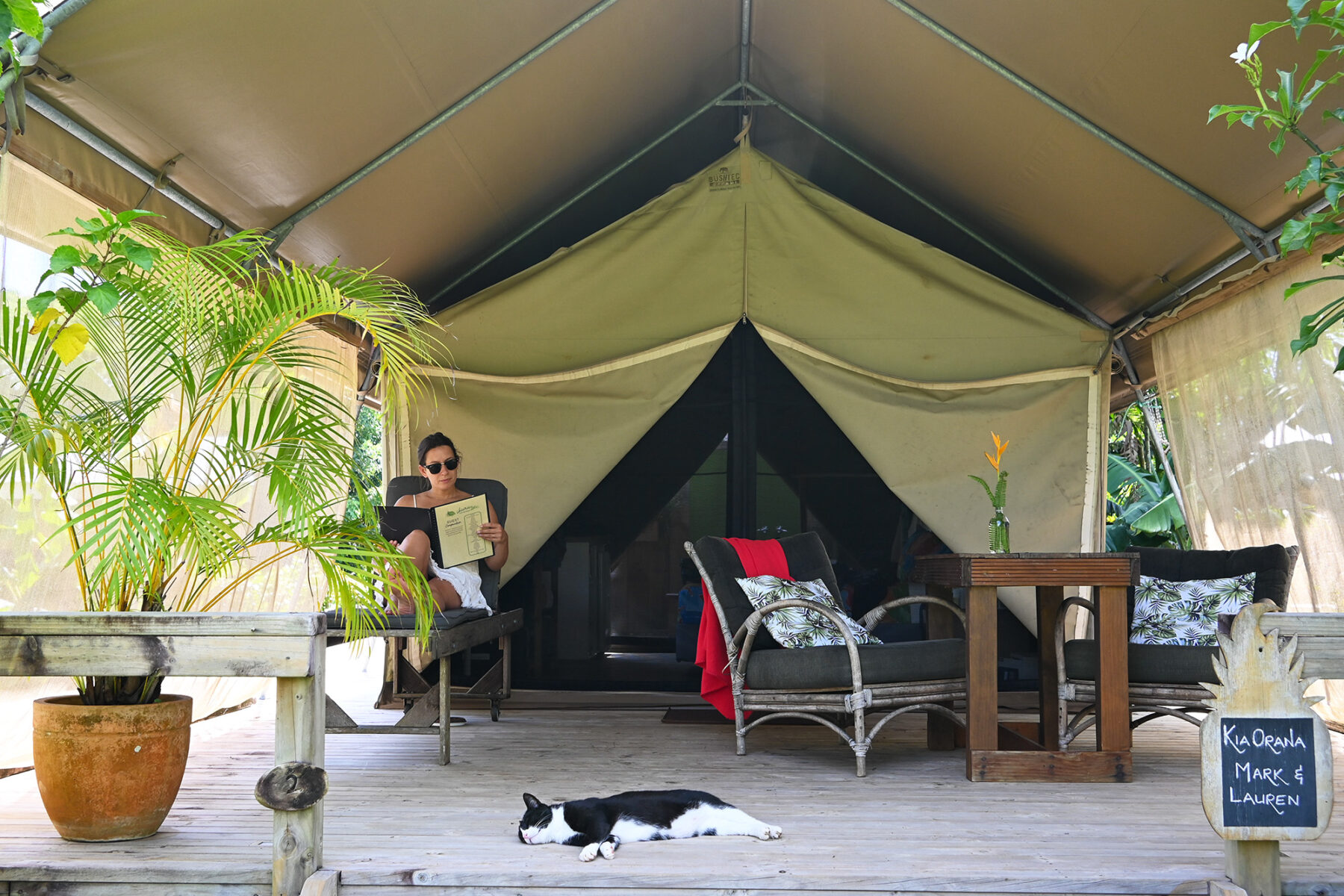
The Muri Night Markets are a vibrant food market held four nights a week from 5pm. The markets offer an array of local and international food trucks and stalls, serving everything from fresh seafood and traditional Polynesian dishes to desserts and vegetarian options. The markets provide a great opportunity to mingle with locals and other travellers while enjoying delicious, affordable food. Just remember to bring cash as many vendors don’t accept cards. Filled with noodle, fish and churros, Loz and I waddle home to our tent; we have an early start the next morning with Pacific Divers.
What lies beneath
With more than 70 types of coral and hundreds of reef fish species, Rarotonga’s clear waters and volcanic topography are perfect for SCUBA lovers, and the island offers more than 35 spectacular and easily accessible dive sites. Vibrant underwater landscapes vary from coral gardens and deep drop-offs to caves and wrecks, with dives for both novice and expert. With water visibility more than 30 meters and water temperatures in the mid-twenties, I’m eager to get back in the water, so I partner up with Pacific Divers to explore the hard coral reefs and rich marine life just offshore.
Edna’s Anchor is a dive site steeped in history and natural beauty. The anchor, believed to be from the Edna schooner of the late 19th century, rests just shy of 25 metres deep, surrounded by a stunning array of hard coral formations. Pue Coral Gardens, on the other hand, offers a seemingly endless hard coral reef between 10-28 metres, with brilliant tropical aquatic life, including a friendly sea turtle that pops in to say hello.
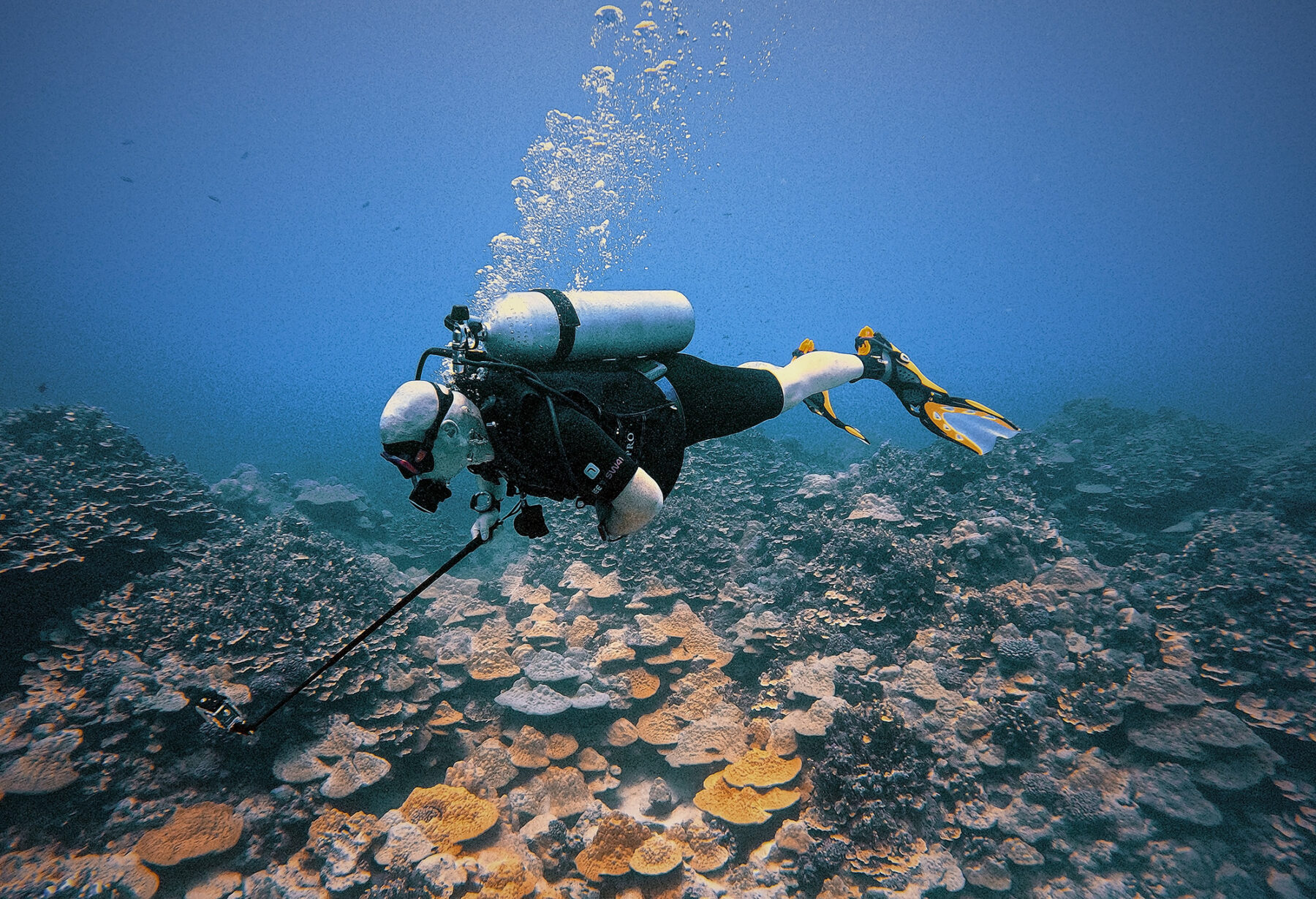
With my oxygen management improving I am keen for more dive time, but I have a snorkelling date with Loz, and the butterflyfish, triggerfish, sunset wrasse, and even an elusive white mouth moray eel in the shallower waters of Aroa Lagoon Marine Reserve. While my SCUBA experience reignites a passion for underwater exploration, snorkelling once again proves that some of the most vibrant aquatic life is right under our nose and accessible only metres from shore. The Rarotonga bonus being a beachside bar for sunset vibes is never far away.
Across the island
Having waterlogged our bodies and brains, we dedicate our final day to the land-based adventure of the Cross Island Hike. This steep and rugged three- to five-hour, 7.6km trek climbs from sea level to 400m and can be completed unguided. However, for a deeper understanding of Cook Islands’ natural history, I recommend joining Bruce from Pa’s Cross Island Hike. Bruce, the nephew of the renowned naturalist Pa Teuruaa, brings invaluable insight to the journey.
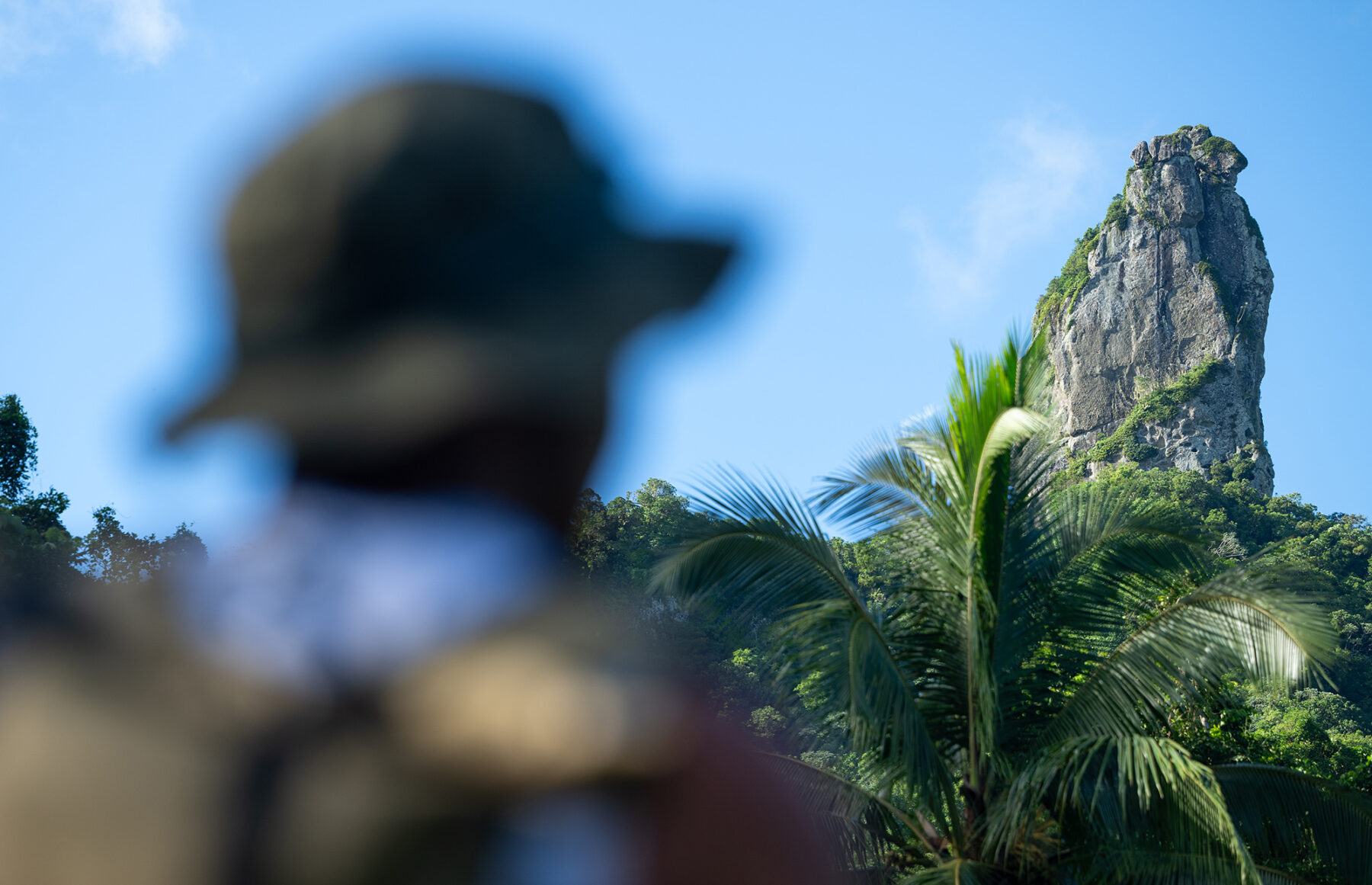
The trail winds from the north to the south, passing through lush rainforest where Bruce points out native flora and fauna, such as the Rarotonga tree skinks scurrying in the undergrowth or the kōpī ‘enua (wild ginger) plant, known for its cosmetic and medicinal properties. Midway through the hike, we reach the impressive 80m spire of Te Rua Manga (The Needle), which offers breathtaking views of the island.
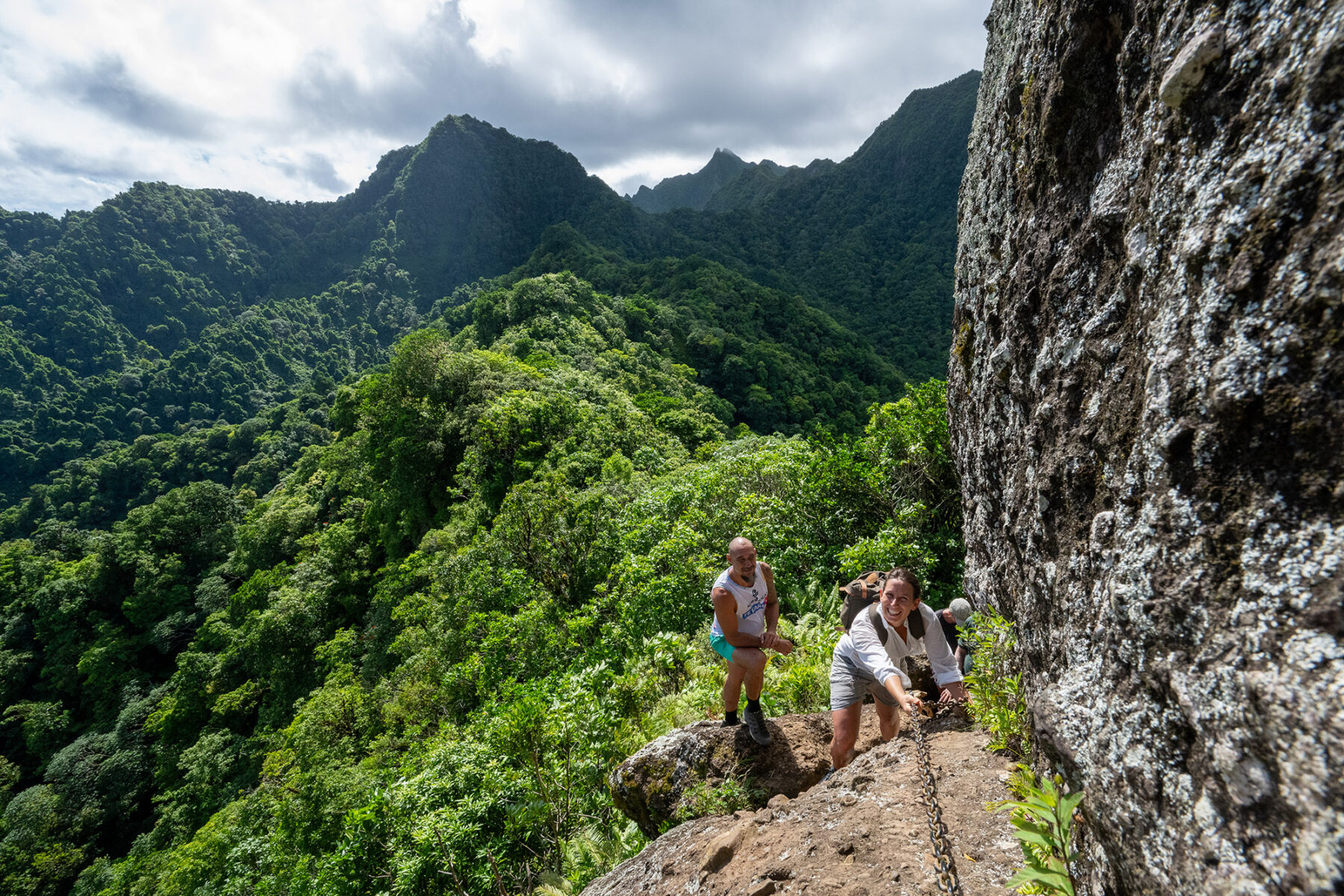
Te Rua Manga is revered by locals as a place of great spiritual energy, crucial for maintaining harmony in the natural and spiritual worlds. At its base are buried the remains of a 900-year-old Buddhist master, following the Dalai Lama’s recognition of the site as one of the world’s last energy centres. From the high point, we wind downhill, descending to the coast, where a refreshing dip at Wigmore Falls provides a fitting end to our Cook Island activities.
A culinary conclusion
Back in the hustle and bustle of coastal life, and having built up an appetite trekking the island, we zoom past our favourite morning haunt at Cook Island Coffee Company and beeline our way to the iconic Mooring Fish Cafe. It might not look like much, but it’s where the locals claim we’ll find the best fish sandwiches on the island. I can’t decide between the crumbed mahi-mahi or Cajun seared tuna sandwich. Fortunately, Loz settles my quandary by ordering both. With the sight of the sun sinking toward Te Rua Manga, and with freshly opened coconuts in hand, we reflect on our whirlwind tour of a Pacific paradise.

Our journey through the Cook Islands has been extraordinary. From the cultural richness and natural beauty of Atiu to the underwater wonders of Rarotonga, every experience has deepened our appreciation for this Polynesian paradise. Whether sipping bush beer in a tumunu, exploring vibrant coral reefs with Pacific Divers, or hiking to the spiritual heights of Te Rua Manga, the Cook Islands offer an adventure for every traveler.
The warmth of the locals, stunning landscapes, and the unique blend of tradition and modernity make the Cook Islands a destination that stays with you long after you leave. It was seven years between visits for me, but somehow, I suspect it won’t be another seven until Loz and I once again find ourselves at a tumunu, but it might be wise to play the honeymooning couple, or else we might wake to find ourselves, literally, married to the Islands.
The Essentials
Getting there: Jetstar offers direct flights from Sydney to Rarotonga. For travel between mid-July to mid-August 2024, customers can see fares from as low as $329 online (available until sold out and subject to change). Jetstar’s direct service from Sydney to Rarotonga now operates four times a week on a Tuesday, Wednesday, Friday, and Sunday. The flight time to Rarotonga is approx. 5.5 hours direct. Jetstar operates an Airbus A321neoLR aircraft departing Sydney at 9.30pm, arriving in Rarotonga at 7.00am the same day. The return flights leave Rarotonga at 9.00am arriving in Sydney at 12.30pm the following day, with connections available to all Australian domestic airports. Travelling with Jetstar also means you can tailor your flight inclusions (i.e. meals, seat selection and baggage) so that you only pay for what you want/need.

Inter-island travel: Air Rarotonga is your best option for travel between the islands.
Getting around: There are plenty of scooters, motorcycles and cars for hire on Rarotonga. We used Polynesian Rentals. You’ll need to rely on locals or most likely loan/hire a car/bike or scooter from your accommodation provider or general store on the outer islands.
Where to stay: Whilst there are plenty of options on Rarotonga, there are less so on Atiu. We stayed at Ikurangi Eco Retreat on Rarotonga and Atiu Villas on Atiu.
Where to eat: Rarotonga has endless options for eating from food trucks by the road to markets to fine dining restaurants. We recommend Muri Night Markets, Tamarind House, Mooring Fish Cafe, Cook Island Coffee Company, Sandals, and Silver Sands.
Communications: For mobile phone and data plans your best bet is to collect a prepaid Vodafone Cook Islands card at the airport. There are towers and boosters offering mobile data all over Rarotonga. There is limited mobile data on Atiu but if you find yourself on Atiu I suggest you turn your phone off and enjoy where you are!
The writer was a guest of Cook Islands and Jetstar.



